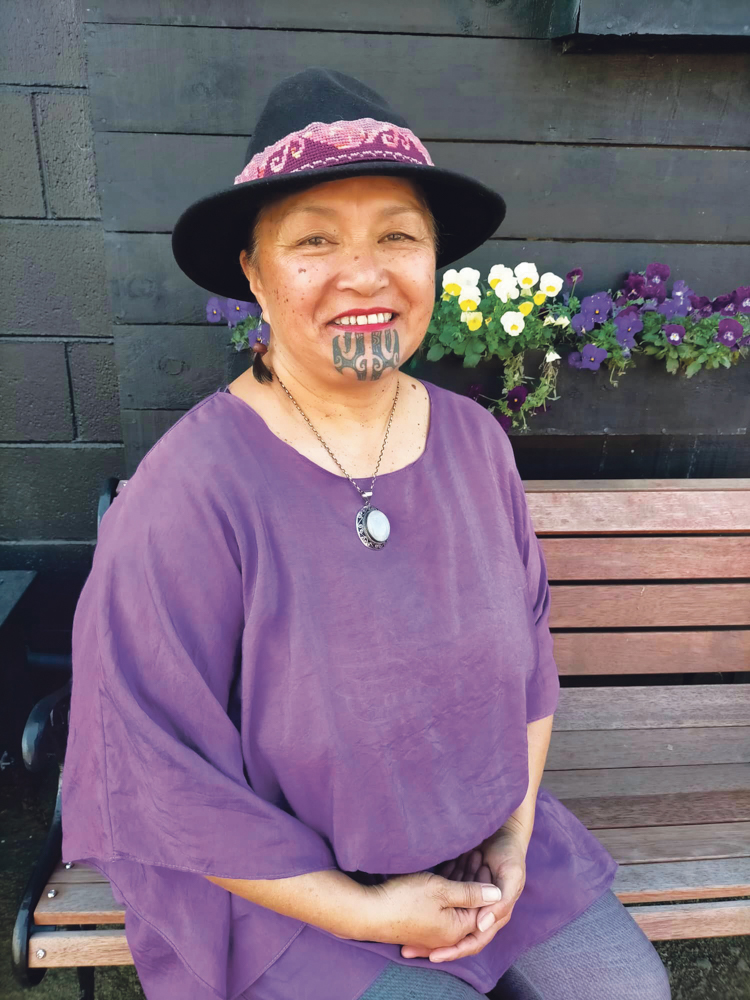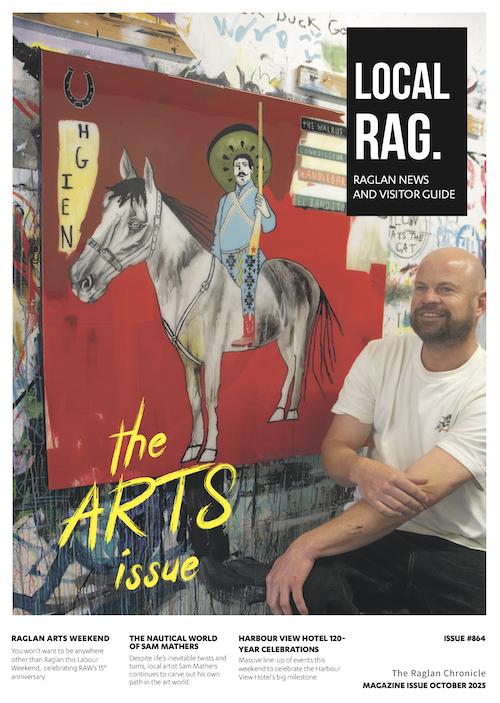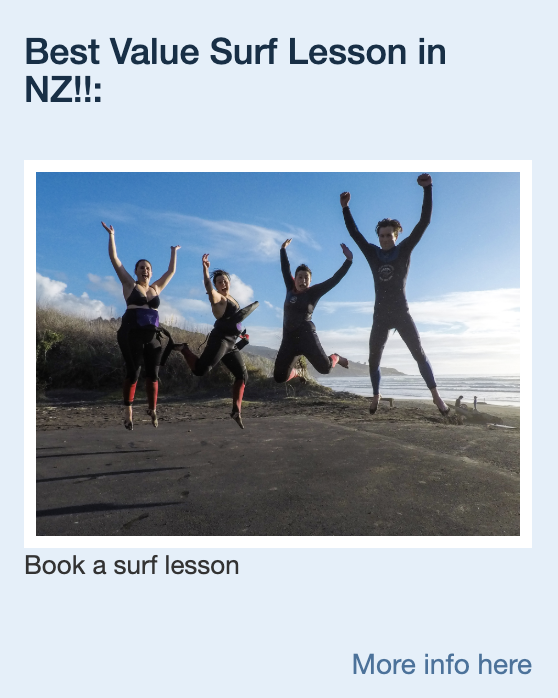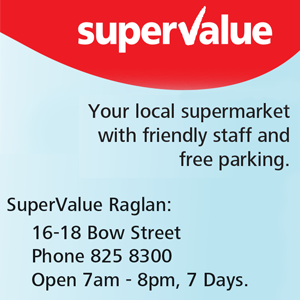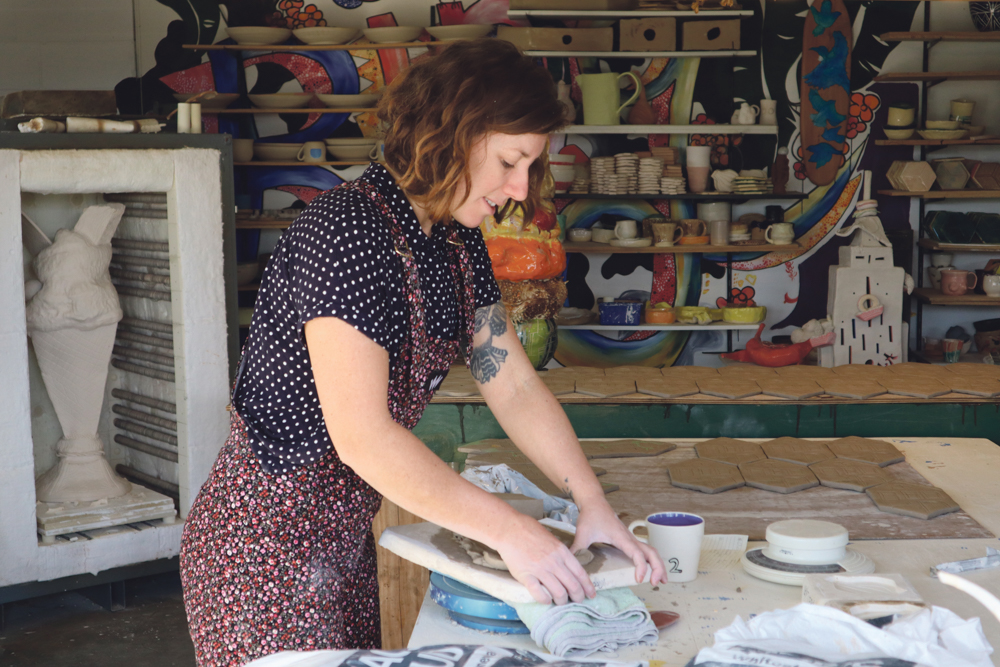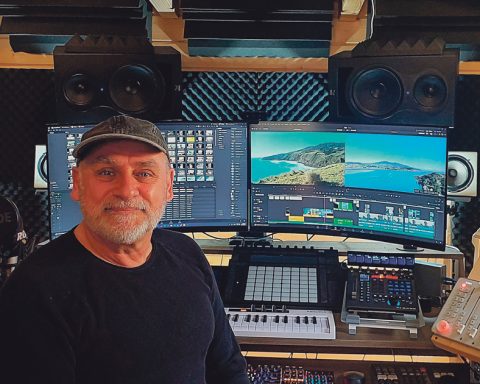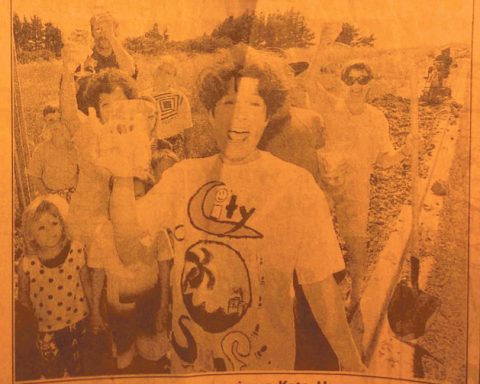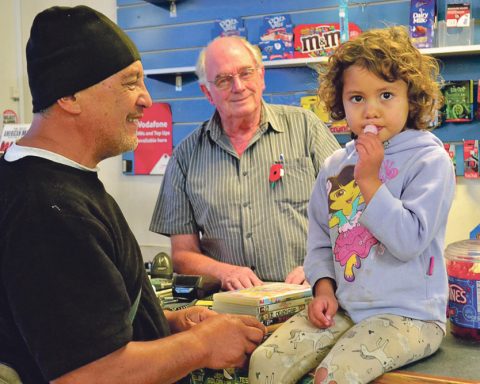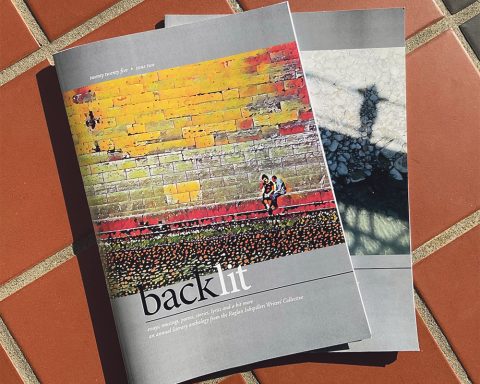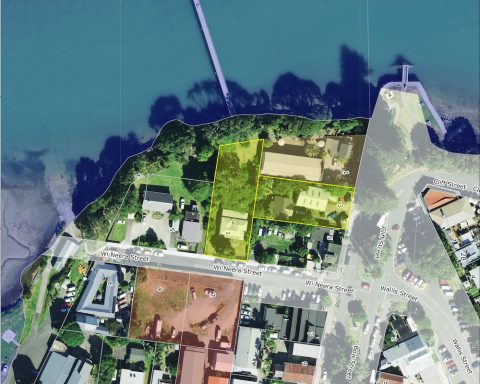For Ngaronoa Renata, an early motivation to reclaim her culture came in the most unlikely of places.
Living in the foothills of the Himalayas in the early ‘80s, the Rongoā Māori practitioner and te reo advocate spent a lot of time with the exiled Tibetans learning about their medicine and childbirth practices.
It was through her Tibetan friends that she experienced first-hand the importance of retaining cultural links.
“They were very strong on keeping alive their own culture and language, and they transferred that to me as a really important way of living your life. They told me, you must go home, you must learn your language, learn your culture and hold on to them. I received deep inspiration from that.”
Within a few months Ngaronoa and her then husband Lester Silver were back in New Zealand and heading to the far north to live on her whenua.
On her father’s side she is a direct descendant of Ngāpuhi rangatira Hongi Hika on her mother’s side a strong whakapapa immersed in the priesthood.
Waiata and karakia have always been a part of Ngaronoa’s life, so too the wonders of rongoā. In a Māori cultural context, rongoā addresses the events leading to ill health and its impacts through rongoā (native flora herbal preparations), mirimiri (traditional Māori massage) and karakia (invocation).
Whilst, Hongi Hika initiated the use of musket by Māori in the land wars and headed significant battles in his own tribal lands of Ngapuhi and other Northern tribes. He is well-recorded in history for his war strategies and use of muskets during the Musket wars.
However, Ngaronoa says it was his wife Turikatuku, a matakite (seer), who inspires her practices.
“I was to become a matakite quite quickly. It wasn’t by choice, I didn’t go and pay for it somewhere,” she laughs. “To have those understandings, but how to in a practical way, be present in the community. Not necessarily in the front line. But to contribute and I have preferred to choose what they call a peaceful way as a Peaceful warrior.”
Those contributions have been experienced by many in the community through te reo classes she ran and currently through the Wednesday waiata classes at the Old School.
The bi-weekly Raglan Community Radio show Kairongoa is another community contribution from Ngaronoa, where she discusses native plant medicine, Te Ao Māori and more.
Rongoā Māori is her great passion; her home is filled with dried plant material of all descriptions and she is more likely to offer a fennel infused beverage than a gumboot tea.
Beginning her journey to reclaim te reo in adulthood, Ngaronoa wasn’t devoid of cultural influences in her childhood.
Her parents were fluent but like many Māori in the ‘50s and ‘60s English was the language, they were led to believe, was the best way forward for their children.
“My mother was very determined that we would speak very good English. Although they were both native speakers, and they would often speak with their generation who visited us in Māori.”
Ngaronoa is one of seven siblings born in Kirikiriroa, their parents made the move south, as did many Māori at the time looking for work in the cities.
Whilst English was promoted in Ngaronoa’s childhood home, her parents were strong in connecting their tamariki to the whenua and the struggles they had with retaining ancestral land.
“By the time I was 13, my father had done a lot of work on gaining ownership of a significant pocket of ancestral land in Kaeo called Rataaroa and Waikukupa and we were to return to the far north.”
Ngaronoa recalls the loneliness her mother felt being far from her people but also that she was active in the Māori Women’s Welfare League in Hamilton, where she was the secretary of the Melville branch.
“I was to learn later on the significance of that. She was a prolific writer. She was very good at notetaking and creative writing. All those things now make sense as life has gone on, how they were all part of supporting the journey back.”
Ngaronoa’s journey to reclaiming te reo Māori began in 1985 on her return to her whenua in Whangaroa with firstborn Whetu and with another on the way. It was a time when the Kohanga Reo movement was thriving and nearly every marae had a kohanga.
“My Auntie Ada was my kaiako and she just fed me this Mātauranga Māori (Māori knowledge) in the reo and I just listened. I didn’t ask questions; I just did the things she needed me to do.”
So, her reo journey began by listening and doing; helping at the kohanga, helping with pōwhiri (welcome ceremony), making beds for manuhiri (visitors), making kai, whatever was required of her by her kaumātua.
By 1989, Ngaronoa moved her growing family to Hamilton following a desire to continue her reo journey and to attain qualifications in the more formal confines of university.
“I had a wonderful time learning through those connections. Many of the people of that time have passed on and are no longer with us. But I believe through that inspiration and in the way that I was taught in those initial years had set a very clear pathway of going forward,” she says.
Ensconced in Waikato University, she began her ‘formal’ te reo training under Māori language stalwarts Te Haumihiata Mason and Aroha Yates-Smith.
She also studied under Kereti Rautangata at the Māori Spiritual Warrior School, ‘He Tua Toatanga’.
“The Māori Spiritual Warrior School involved a monthly wananga to do with the revival of the spirituality of Māori within an ancient path of understanding,” she says.
Te Ataarangi, founded by Kāterina Te Heikōkō Mataira and Ngoi Pewhairangi, was another method of te reo learning Ngaronoa was to follow and she was taught by Rahera Shortland.
“Te Ataarangi methodology was a way of using the rakau (cuisenaire rods) to learn te reo.”
Whilst she might be known in Whāingaroa for Rongoā Māori, for Ngaronoa everything in Te Ao Māori (Māori worldview) is intertwined; te reo, waiata, karakia are all part of a practice she willingly shares with others.
Her popular Wednesday waiata sessions are a place where parents come with their tamariki to be immersed in te reo through song.
“I have a group coming, who are tangata whenua (people of the land), and they are coming to enjoy the waiata and enjoy the singing. I’m really finding the joy of being in this community and making that an offering.”
Te reo Māori Language timeline
Pre 1860s – te reo Maori is the dominant language.
1860s – te reo had become a minority language due to increasing numbers of English-speaking settlers, missionaries, gold-seekers, and traders.
1867 – the Native Schools Act established prioritising English instruction. Initially, te reo was used to facilitate English instruction. Secure in their Māoritanga, many Māori communities accepted English instruction as they wished their children to be successful in the Pākehā world.
1940s – until the Second World War, most Māori spoke te reo as their first language. The urbanisation of Māori after the war saw the number of Māori speakers rapidly decline. Some Māori children who spoke te reo at school were beaten, which contributed to the decline of te reo from the 1940s to 1980s.
1970s – many begin reasserting their Māori identity with an emphasis on te reo as an integral part of culture. In 1972, Ngā Tamatoa, Victoria University’s Te Reo Māori Society and Te Huinga Rangatahi petitioned Parliament to promote the language. Māori language week was introduced in 1975.
1980s – Māori leaders, recognising the dangers of losing te reo, introduce the Kōhanga Reo movement in 1982, the first Kura Kaupapa Māori was founded in 1985 and later the first Wharekura. Also in 1985, the Waitangi Tribunal found in favour of te reo Māori claim and recommended a number of legislative and policy remedies. Te reo Māori was made an official language of New Zealand under the Māori Language Act 1987.
By Janine Jackson
